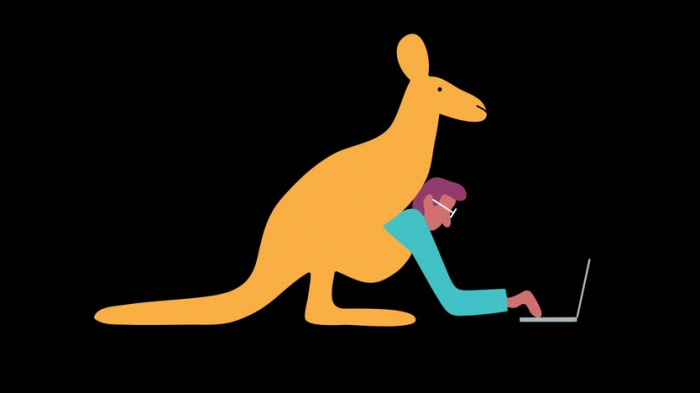
“This time, we want to bring you, the audience, in. I’d love your suggestions for what I should be reading. I’m currently halfway into ‘Cloudstreet’ by Tim Winton, which is fantastic, but what should I add to my list? Who should I meet? What themes should The Times make sure it doesn’t overlook?” Cave wrote in the first edition of the newsletter. “Initially, this newsletter, which we’ve been testing a few different ways, will be a platform for that exploration. It will often be me (as the new bureau chief) or one of my colleagues writing about what we’re noticing, and asking questions. We’ll also show you a few stories we’ve done or liked, and find ways to toss in a little fun.”
Our Australia project includes a newsletter: here's the latest issue https://t.co/njmduMihnM It's a work in progress; tell me what you think
— Damien Cave (@damiencave) January 25, 2017
Good advice. I did an ABC radio program in Perth yesterday and promised to get there; lots to see. https://t.co/97gnsawFGi
— Damien Cave (@damiencave) January 25, 2017
The target audience of the Australian report, Cave told Patricia Karvelas on Australian radio show RNDrive, is “both Australians who are interested in the world, and people around the world who are interested in Australia. We no longer think purely in terms of region.” The Times has a “pretty sizable” audience in Australia, Cave said, though the goal of the new bureau won’t necessarily be to compete with local outlets on local coverage (The Times is the 17th most-read site in Australia with a unique audience of 1.27 million, according to December Nielsen ratings.)
The two also joked about the Times’ use of a reporter-inside-a-kangaroo-pouch illustration on its jobs page, though Cave emphasized, “really, we’re here to tell in-depth important stories,” covering issues ranging from climate change to immigration to the arts and culture scene in Australia.
WHAT IS THIS IMAGE pic.twitter.com/Nvp0RoAMZV
— Alex Bruce-Smith (@alexbrucesmith) January 23, 2017
The newspaper competitors the Times will face in Australia are outlets largely owned by Fairfax Media and Rupert Murdoch’s News Corporation, both of which have announced significant layoffs in the past year (The Times announcement of its Sydney office comes amid reports that Fairfax Media is preparing to cut back on printing weekday metropolitan newspapers). The Guardian also launched an online Australian edition in 2013; its staff page lists more than 40 journalists, including staffers based in Sydney, Canberra, Melbourne, Brisbane, and Darwin.
The Times, which is ultimately seeking paying subscribers, may have its work cut out for it: Many publishers in Australia operate paywalls, though their success in expanding their subscriber base beyond loyal users has been limited, according to research from the latest Reuters Digital News Report. (10 percent of Australians pay for news online, which ranked 13th of the 26 countries surveyed.)13 percent of the Times’ total subscriber base comes from outside the U.S., Times CEO Mark Thompson said back in December. Thompson also suggested an overall target of 10 million digital subscribers, a lofty goal which relies significantly on expanding the Times’ international audience.